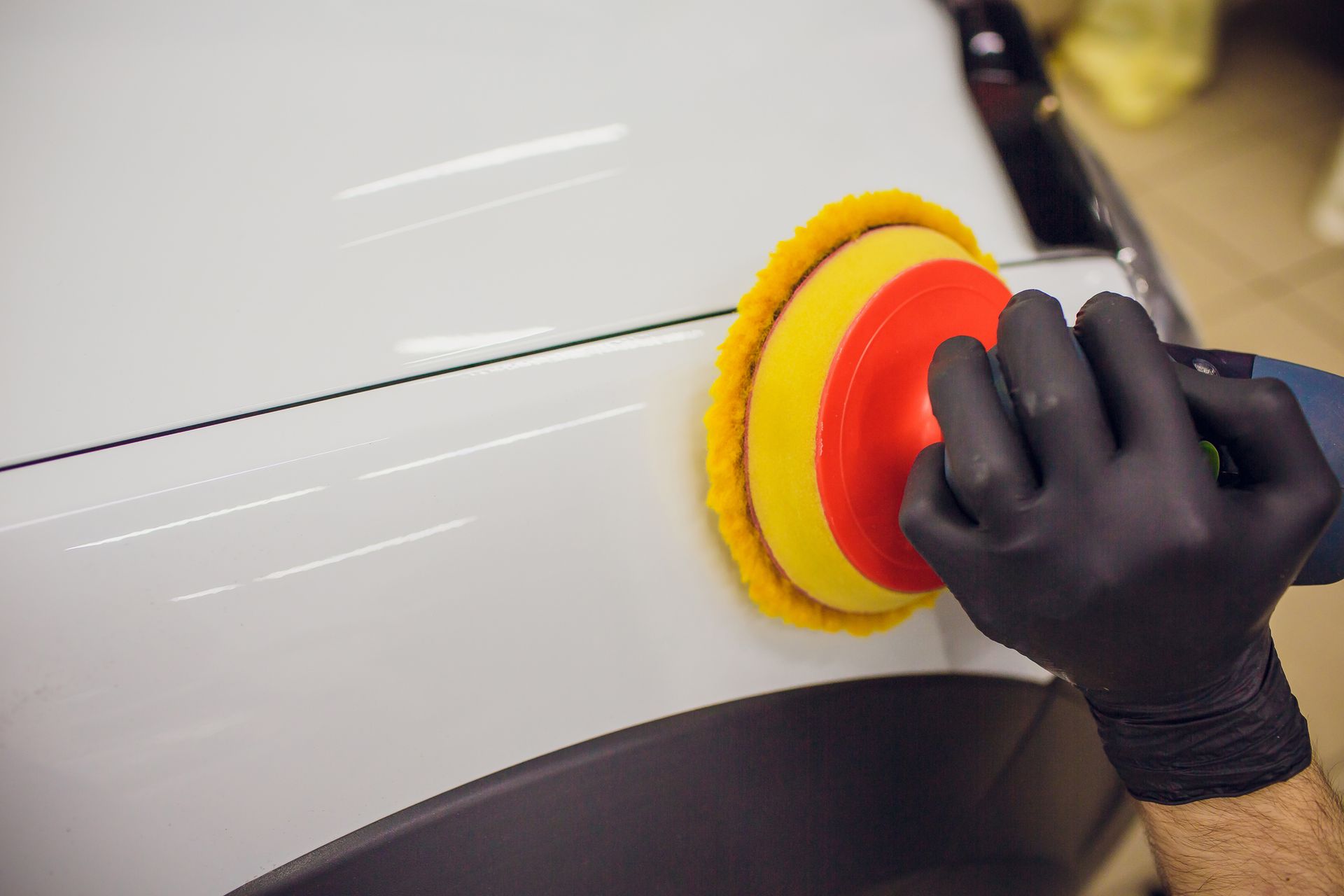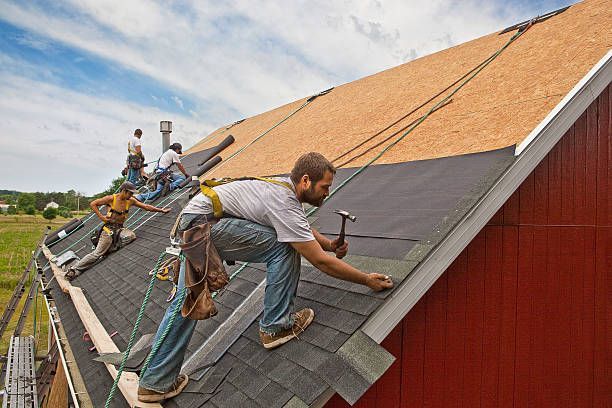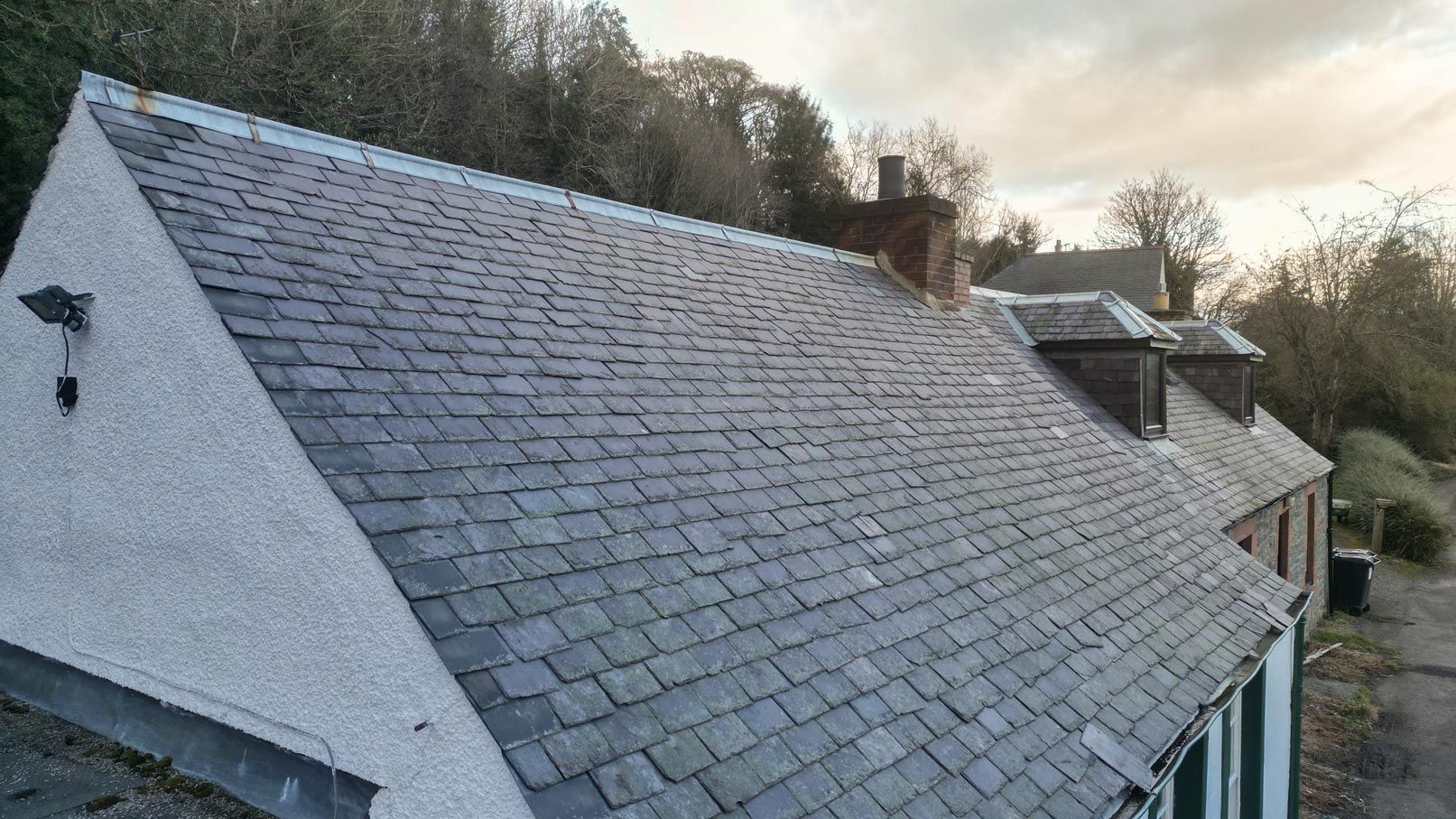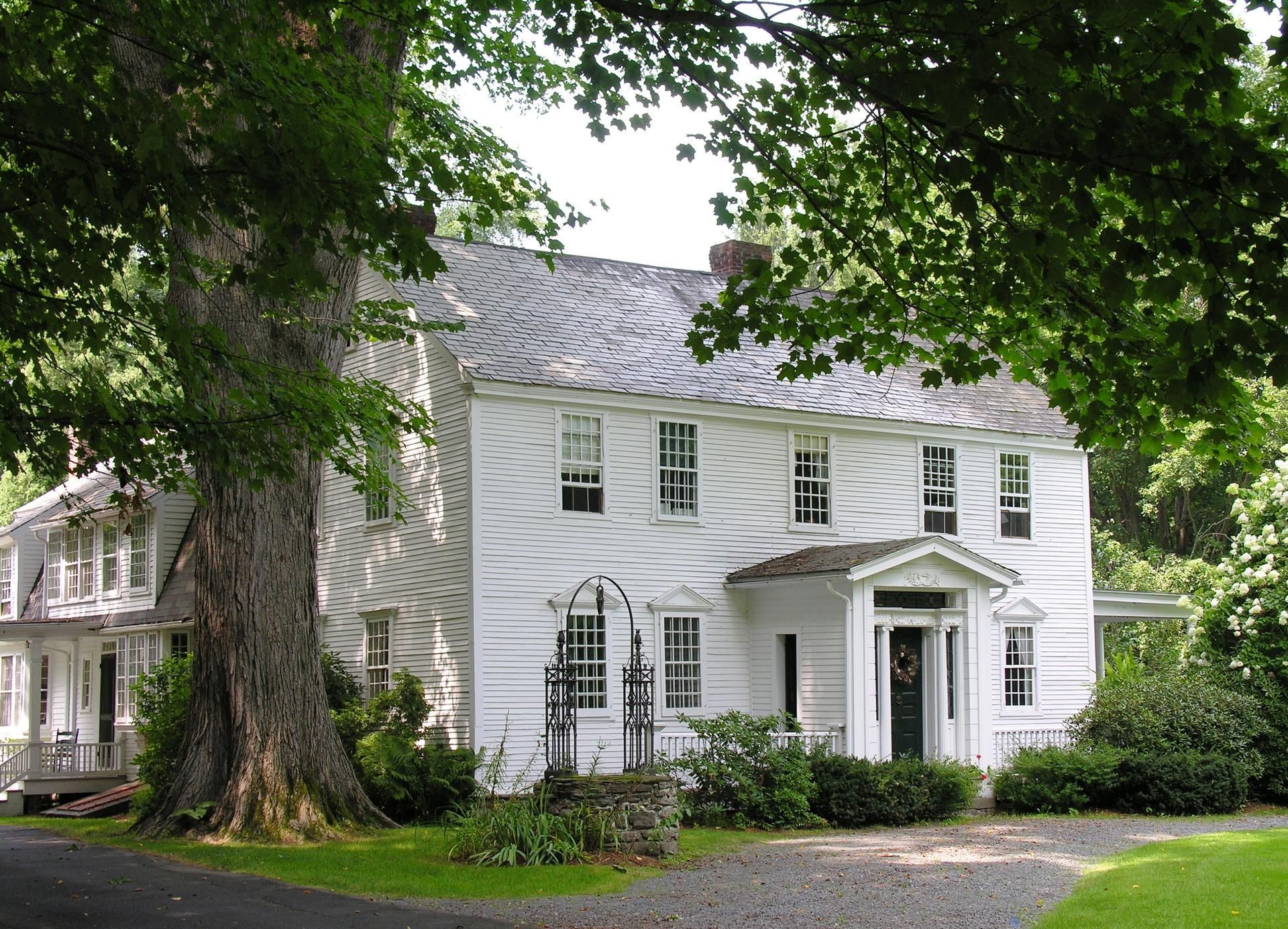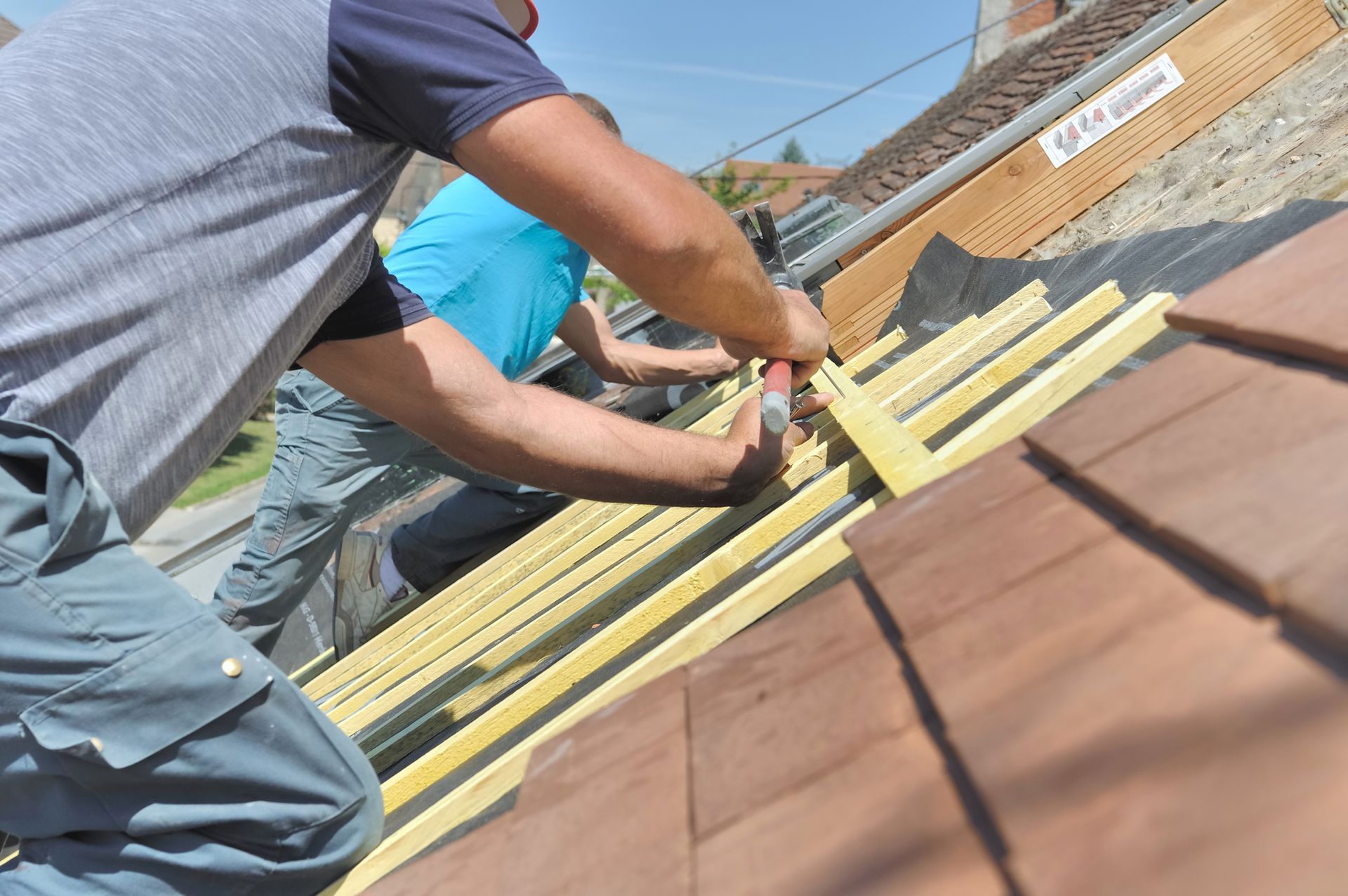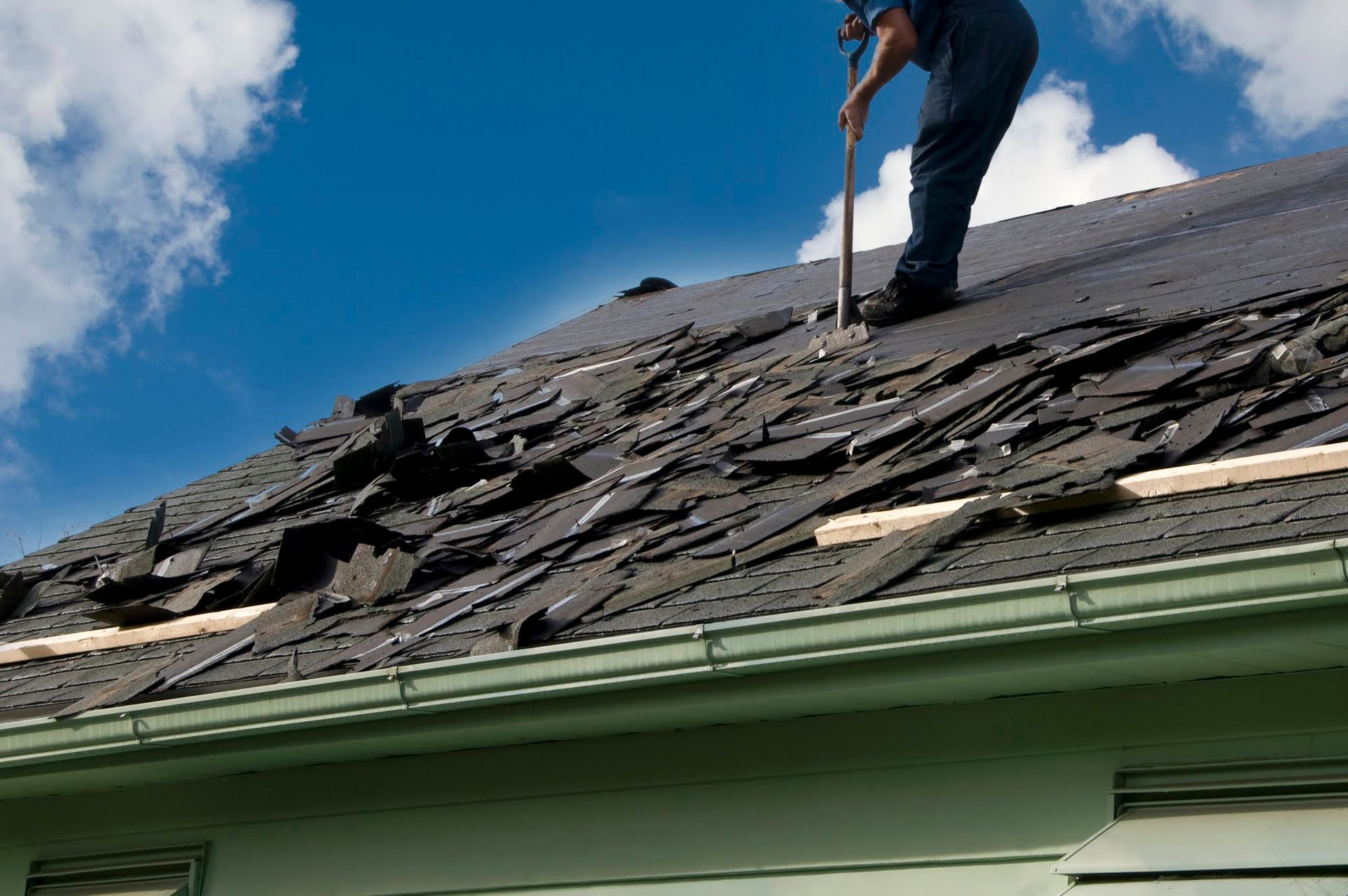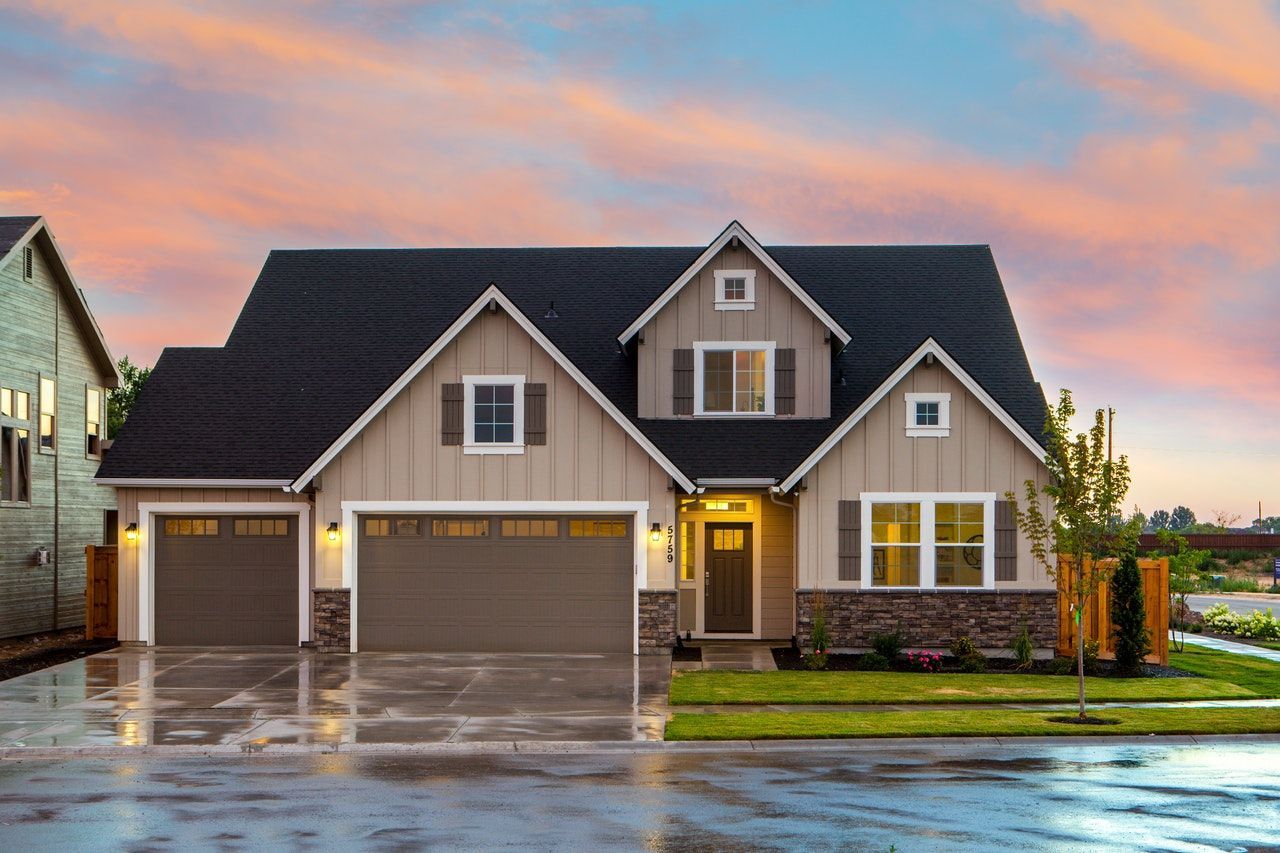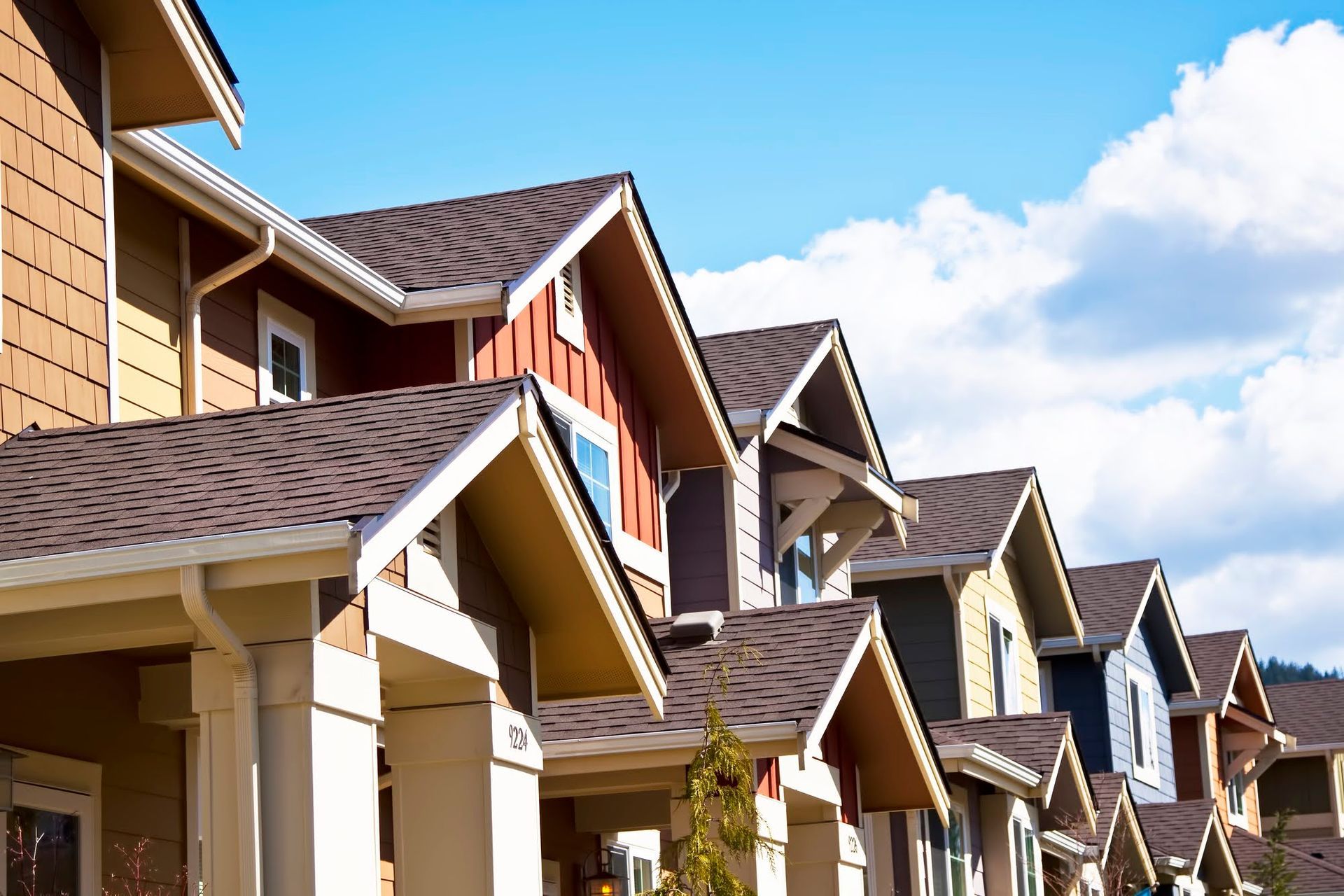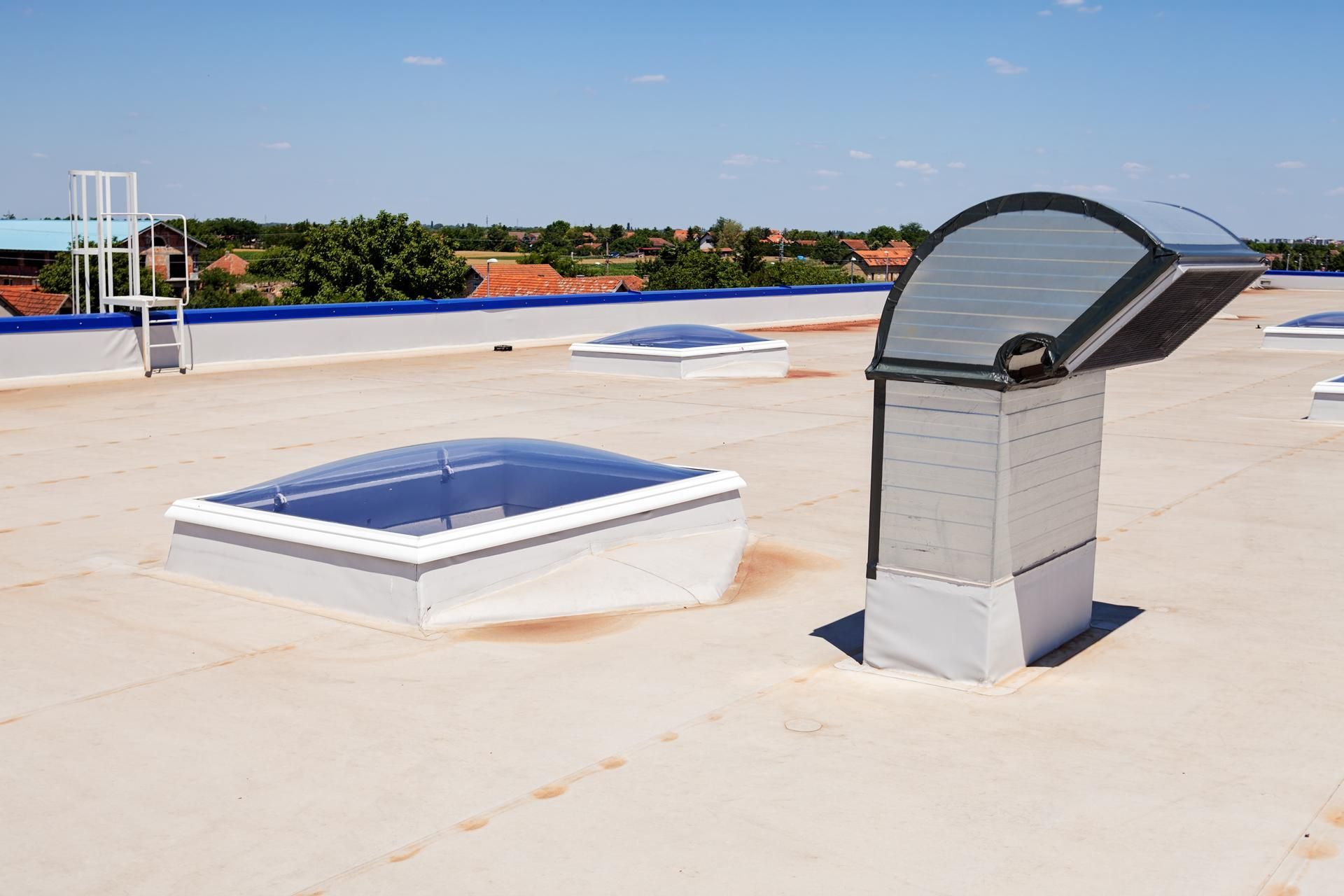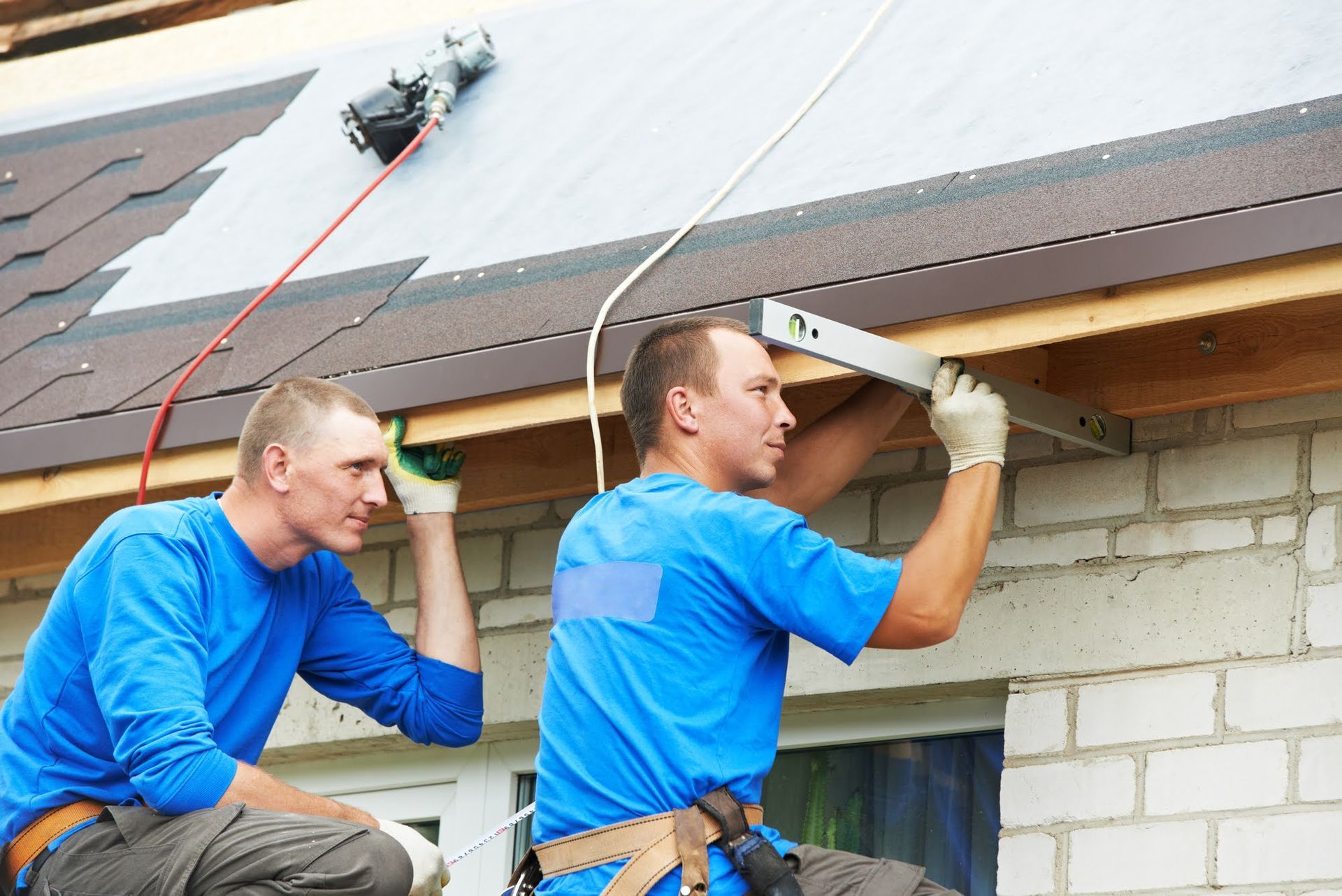All About the Unsung Heroes of Your Roof Protection
When a home or property owner thinks about their roof, they generally envision the most visible part: the shingles. And while shingles, metal, and other primary roofing materials are certainly a very important part of protecting the structure, they are not the only piece of the puzzle. Discover what you should know about a few auxiliary features and how they contribute to keeping the rain off your head.
Flashing
Flashing is a waterproofing material that forms a second line of defense below your shingles. Usually made of steel or copper (depending on your budget and the roof's appearance), sheets of flashing are installed at points where something penetrates the roof or it meets a barrier. For instance, you often find flashing around exhaust vents and skylights, in valleys created by roof sections meeting, and surrounding chimneys.
Underlayment
Because shingles are not foolproof, they have a secondary layer underneath to improve water resistance. Underlayment is a continuous layer that installers generally roll out onto the decking before they place any shingles. Its purpose is to prevent moisture that might get underneath shingles or through damaged shingles from seeping in further to the decking.
One of the most common underlayment choices is felt saturated by asphalt or other petroleum-based products. This hard, solid layer is not completely impermeable, but it is water resistant. Modern building owners can also choose synthetic underlayment, which may offer more durability and water resistance.
Ice Dam Protection
Ice dams are particularly insidious during the winter, but you can take steps to reduce or eliminate them. One of these steps is to include an additional layer of ice dam protection below shingles in strategic locations.
This layer is commonly known as ice and water shield, or ice and water protection, and it's targeted to the most likely spots where water would pool or form ice. It can go with flashing in many of these, including valleys in the roof design and around vents. Many homeowners add ice and water shield to the few feet around the roof edges to prevent ice from refreezing and breaking into shingles.
Decking or Sheathing
The decking, or sheathing, of the roof is rarely seen, but it is the foundation for all these additional protection layers. This solid layer of materials is usually wood or metal, but it is also increasingly available in concrete. Good-quality decking prevents leaks, provides fire resistance, gives support to upper floors, and helps make the entire building more stable.
Ventilation
Because the primary goal of a roof is to keep the elements outside, many property owners may be surprised at how important letting air in as well is. A good ventilation system lets cooler breezes penetrate the attic and areas immediately under the roof, then push that air out through exhaust vents. This evens out the temperature under the roof, preventing condensation and ice dam formation.
Vent systems vary in design, so homeowners can choose one that fits their roof style, local climate, and visual goals. Ridge vents are often largely invisible from the street level, for instance, while more visible, proactive, power-generated turbine systems move air no matter what the external wind conditions.
Could any of your auxiliary protective measures, like ventilation, use improvement? Should you add any features, such as ice and water shield? Unsure of the quality or age of your flashing, underlayment, or decking?
Start by learning more in consultation with Alpha Roofing Services. We will assess your home or commercial building's strengths and weaknesses to help you form a protection strategy that fits your budget and needs. Call today to make an appointment.


